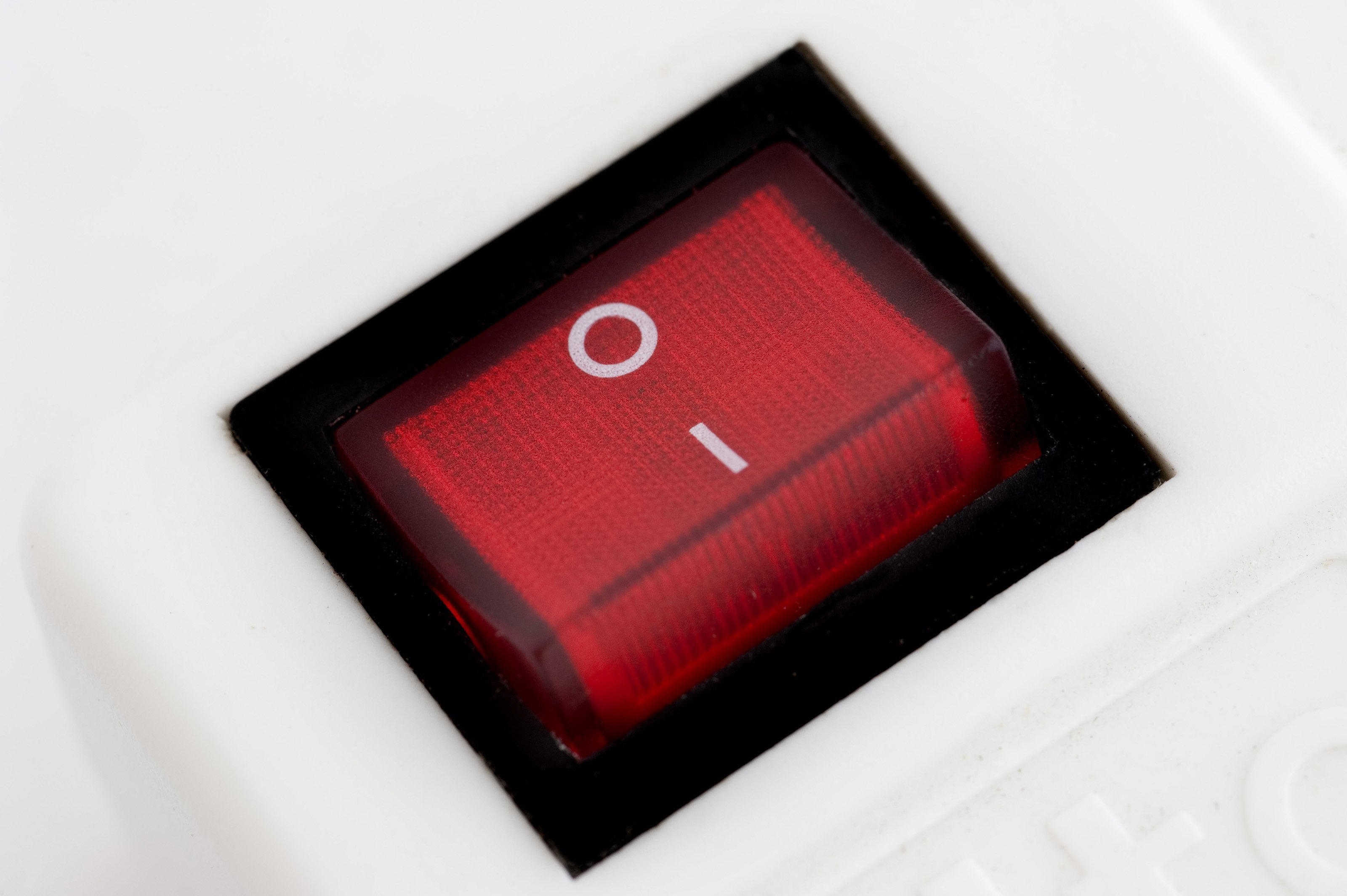
Please see FAQ731-376: Forum Policies for tips on how to make the best use of Eng-Tips. "Live and act within the limit of your knowledge and keep expanding it to the limit of your life." Ayn Rand, Atlas Shrugged. That would be clear enough for most instrumentation and control engineers. In that case, I'd use the LSL for the low level switch and the LSH for the first high level switch, with both lines from each bubble feeding into a diamond with an I (for interlock) in it, and the output of the diamond feeding to the pump. If you want to use letter suffixes, you could use LSL-01A, LSH-01A, LSHH-01A, and LSHH-01B to tag your devices. In the 2009 version of ISA 5.1, there is no example to show differential pump control. The older version of the standard says you should use no more than four letters for the description in the tag, but doesn't say you can't use more. That leaves you free to use LSH and LSHH for the other two switches. This is how differential control of a pump is shown as an example in the superseded version of ISA 5.1 (1984-R1992). You can use an LC with a line labeled START for the low level switch, another LC with a line labeled STOP for the first high level switch, with both lines feeding into a diamond with an I (for interlock) in it, and the output of the diamond feeding to the pump. "As iron sharpens iron, so one person sharpens another." RE: Pump ON/OFF Control P&ID symbols jkate (Mechanical) I no longer have access to our control elementary diagrams, and can't confirm what we do in fact use, but since Start and Stop both begin with the same letters, and a hand-written S can be misinterpreted as the number 5, and since On and Off both begin with the letter O, easily misread as the numeral zero, LSN and LSF could be used as Level Switch ON and Level Switch OFF.but this is only a suggestion if there's a prevailing standard out there that addresses all of this, I'd certainly like to know what it is. For instance: since the first letters of In and Out can easily be confused with the numbers 1 and 0, we instead use their last letters, such in the case of power flows from a generator where the real power output is denoted, by way of example, as 250 MW T and 20 MX N. The approach we use in such situations is to choose words that have different last letters, and use the last letter of those words. My company generally takes the view that it would be confusing to have a switch labelled as LSHH - meaning with two aitches - deliver a 'high level' alarm with only one aitch similarly a three-aitch device delivering a two-aitch alarm.which seems to agree with your manager's viewpoint. Within my discipline an LSH typically delivers a 'high level' alarm of some description, and an LSHH delivers a 'high high level' alarm similarly for LSLs and LSLLs. P.S.I'm not a controls engineer either, and I have no intimate knowledge of P&IDs.but I still hope to contribute something of value notwithstanding. Recall your computer science, logic, electrical engineering, whatever classes: It is the symbol of a Single pole single throw generic. The schematic symbols for such switches are simple, widely used, and well known (note that there are several styles in common use), beginning with the basic single-pole, single-throw (SPST) switch, with one conducting path (called the pole) and a single on/off position (the throw) (Figure 1). In any case, an easy way to remember what the circle and line mean is to think of it as a 1 and 0. Switching from ON to OFF or from OFF to ON, in both situations the switch takes some time delay.


I checked the original specs and they do not indicate what the inspiration for the 0 and 1 was, so unless someone can come up with a reference either way, it's unknown.
Now, the page has been edited to contest this origin. Previously, the Wikipedia page on this symbol had said the circle comes from 0 and the line comes from 1. And glue guns take a few minutes to heat up so that’s annoying (and possibly dangerous)

The next day we got home to find our new glue gun had arrived. Quality German engineering made the heater silent so there was no way to tell by listening. We were recently in a hotel in Berlin Germany and the room heater had the line-circle (| O) symbol on it and we couldn’t remember whether line means on and circle means off, or the line means off and circle means on.


 0 kommentar(er)
0 kommentar(er)
